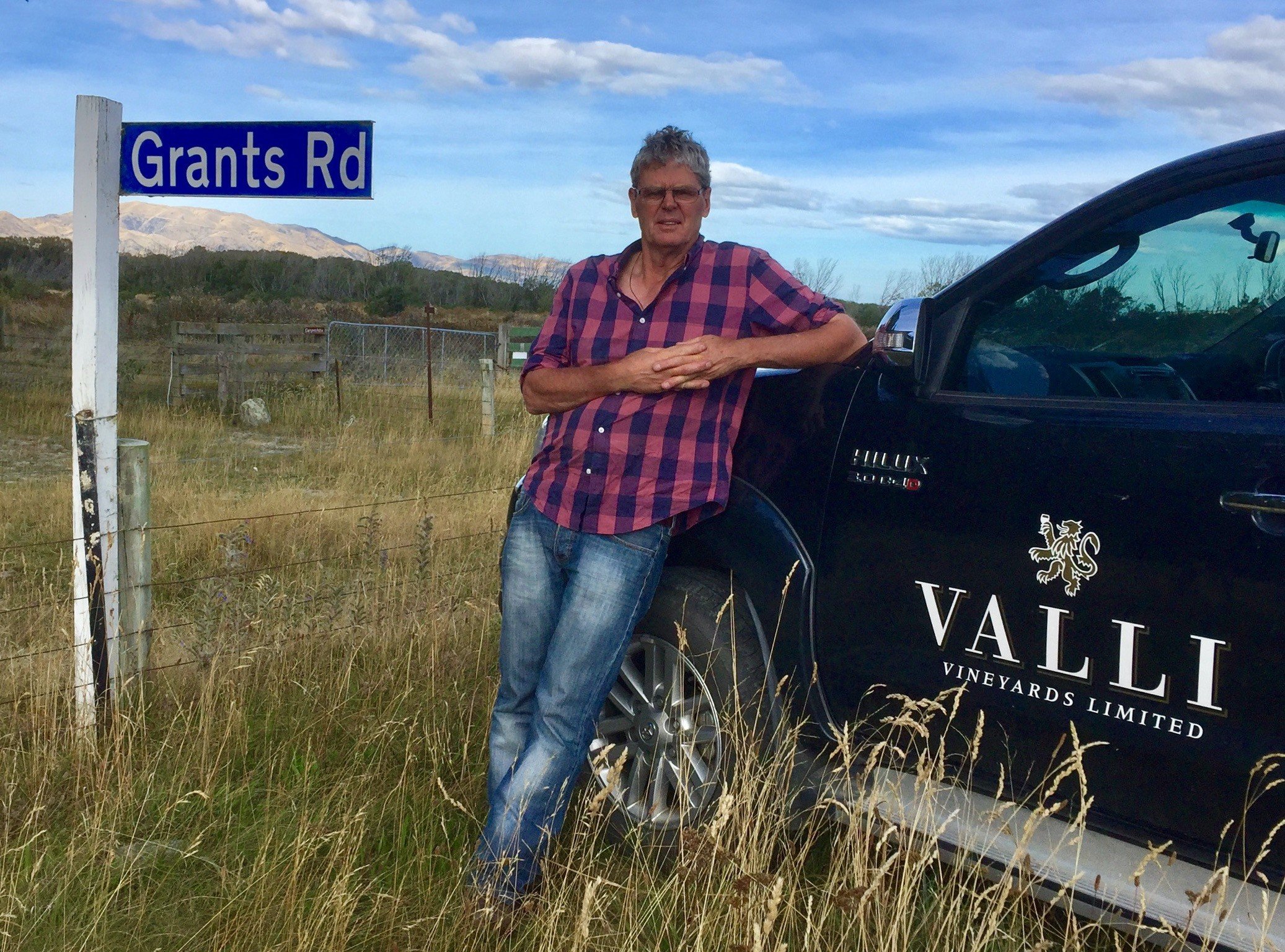
In a statement released Wednesday, the association proposed the introduction of 1km protection zones around all vineyard perimeters in the Waitaki Valley.
The zones would act as buffers to protect the area’s 45 hectares of grapevines from threats such as airborne pathogens, chemical spray drift, dairy effluent, and other contaminants that could irreversibly damage vine health and fruit quality.
"Millions of dollars have already been invested into vineyard development in the Waitaki Valley," Waitaki Winegrowers committee chairman and Otiake winemaker Grant Taylor said.
The Waitaki region has garnered a strong reputation for producing premium cool-climate wines, grown in limestone-rich soils at the foot of the Southern Alps.
According to the association, viticulture now plays a vital role in the region’s rural economy and agricultural diversity, with both wine tourism and exports continuing to grow.
"This is a small, localised area of highly specialised land that can — and must — be protected under the district plan. It would be short-sighted not to act now."
The proposed 1km buffer zones would align Waitaki with best-practice planning standards already adopted in other leading wine regions such as Marlborough, Hastings, and Central Otago—where viticulture is recognised as a sensitive land use requiring spatial protection.
"Once damage is done, it’s irreversible," Mr Taylor warned.
"Grapevines are long-term crops. They don’t recover from exposure to incompatible neighbouring land use. That’s why protection under the plan is so urgent and necessary."











